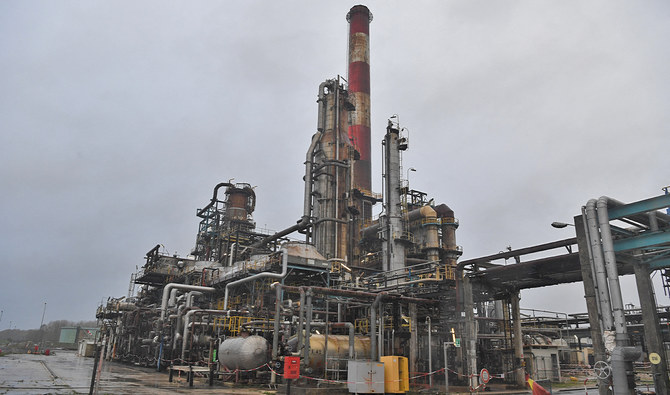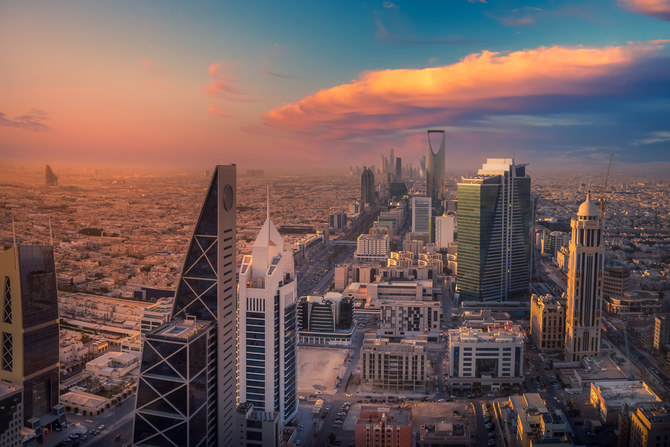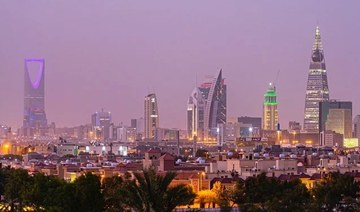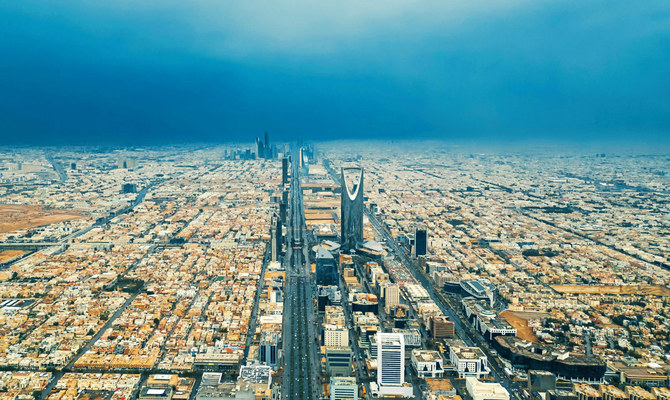When energy security and climate action are the top priority for the world, modern-era hydrogen can be a game-changer to overcome the environmental crisis and provide a direction for energy security – hopefully in a cost-efficient manner.
Hydrogen has an excellent capability to provide us with greener and cleaner energy sources: it's clean, safe, and eco-friendly, which makes it a highly desirable fuel. It can be produced from a range of fuels, including nuclear, coal, oil, and natural gas. The gas can also be produced through renewable energy sources in the form of green hydrogen, an alternative that reduces emissions.
If hydrogen is to play a substantial part in clean, flexible energy systems, it will be due to its ability to store vast amounts of energy for long periods of time and transport it over great distances. Thus, the cost and availability of delivery infrastructure are crucial to make the most of this resource. As of now, hydrogen is most commonly stored as a gas or liquid in tanks for mobile and stationary applications on a small scale.
The cost of storage and transportation can be very affordable if hydrogen is used near the site of its production. However, if the hydrogen must travel a long distance, the transmission and distribution costs could be three times as high as the cost of hydrogen production. Pipeline delivery of hydrogen is likely to be the least expensive option for distances under 1500 km, but shipping hydrogen as ammonia or as liquid organic hydrogen over that distance is probably more cost-effective.
It's also very interesting to note that the existing gas transmission pipeline network can be repurposed for hydrogen. This will not only save the time to include hydrogen in the mix quickly but, at the same time, the repurposing costs of existing gas transmission pipelines can be 10 percent to 35 percent of the costs of new dedicated hydrogen pipelines, as per the European Hydrogen Backbone report.
Global hydrogen market
The global hydrogen demand reached approximately 94 million tonnes (Mt) in 2021. China is leading the hydrogen global market with its current annual production of 33 million tonnes (Mt), 80 percent of which comes from fossil fuels. However, the country has ambitious plans to augment the production from cleaner fuels, with an aim to produce 200,000 tonnes of green hydrogen a year and have about 50,000 hydrogen-fuelled vehicles by 2025 as per the plan by the National Development and Reform Commission, and the National Energy Administration.
When it comes to global hydrogen production, China is followed by the European Union, Japan, India, the United States, Saudi Arabia, Korea, Germany, United Arab Emirates, and Oman. The climate emergency and net zero emissions goals have certainly accelerated the hydrogen conversation and attracted countries toward hydrogen markets.
Across the globe, over 40 national hydrogen strategies have been proclaimed as countries lay out action plans on hydrogen's potential to reduce emissions, guarantee energy security, and encourage sustainable economic growth. The need for hydrogen to achieve net-zero emissions is being acknowledged by stakeholders across industries, government, and now even by individual consumers.
According to the “Future of Hydrogen” report of the International Energy Agency (IEA), the demand for hydrogen in 2050 is anticipated to increase to 500–680 million MT. In terms of the market size, the hydrogen generation market is estimated at US$129 billion, estimated to grow at a compound annual growth rate (CAGR) of 6.4%, leading to a market size of US$230 billion by 2030. At present, the majority of the hydrogen is being produced from fossil fuels, however, there is a huge opportunity to produce green hydrogen through affordable renewable resources, something which can be a key driver for energy security for many countries endowed with huge renewable energy potential.
Despite the fact that hydrogen is a colorless gas, different colors are attributed to hydrogen based on the source and method of production, according to the Global Energy Infrastructure.
Promise of green hydrogen
Out of all the types of hydrogen, green hydrogen is the cleanest form of hydrogen as it is produced by clean/renewable energy, using a process of splitting the atoms through electrolysis. Green hydrogen is certainly a renewed hope for meeting climate action goals.
For instance, green hydrogen might currently be produced for between €3 and €5 per kilogram in some regions of the Middle East, Africa, Russia, the US, and Australia while the production expenses in Europe range from €3 to €8 per kilogram. In areas with access to affordable renewable energy plants, it is easiest to achieve the lower end of these ranges. The economic viability of producing green hydrogen has increased as a result of declining costs for renewable energy sources, decreasing electrolyzer costs, and more efficiency brought on by technological advancements.
By 2050, green hydrogen may be produced for $0.70 to $1.60 per kg in most parts of the world, a cost comparable to natural gas if these costs continue to decline, according to Bloomberg New Energy Finance.
Transportation, distribution, and storage
To scale production and use the hydrogen, transportation, distribution, storage methods, and costs are of immense importance.
Over shorter distances, it is the most suitable option to transport hydrogen through pipelines. As hydrogen is a low-energy-density gas, it is costly to transport it over longer distances. There are certainly a number of possible ways to address this challenge by using technologies of compression, liquefaction, or turning hydrogen into ammonia and transportation in liquid organic hydrogen carriers (LOHCs).
But storage is also a key consideration. Hydrogen production and on-site or near-site usage can reduce the costs, however, a number of use cases may require storage solutions. Hydrogen can be stored in tanks, salt caverns, and other geological storage solutions. And while the geological to purpose-built storages are all technically certainly possible, the same must be analyzed from the financial viability perspective, too.
Use cases of hydrogen
In addition to being converted into fuels for automobiles, trucks, ships, and airplanes, hydrogen can also be turned into electricity and methane to power homes and supply industries. It can be converted into ammonia which can be feedstock for various industries, including the manufacturing of fertilizers. Does that mean that hydrogen can have an impact on food security? Perhaps yes.
Whatever the use case may be, it is important that hydrogen production, source, and use case ecosystem are planned very carefully to optimize resource allocation, ensure cost viability, and have a positive environmental impact.
Hydrogen and net zero
For some high-emission industries — such as long-haul transportation, chemicals, iron, and steel — hydrogen can be a major decarbonization source by reducing emissions in a meaningful way, and hence the initial demand may be coming from these hard-to-abate sectors.
In the IEA’s Announced Pledges Scenario, the hydrogen demand is 130 Mt by 2030, which assumes that 25% of the demand will be coming from new applications and the use of low-emission hydrogen in traditional applications. This would certainly require stakeholders to plan for and implement robust policy actions.
Appropriate planning and effective stakeholder engagement are absolutely key for policymakers, technology providers, innovation leaders, and industry specialists. With impactful collaborative solutions, the new hydrogen era can be a significant contributor to energy security, and an important driver in the pathway to net zero. At the same time, this may also address the vulnerabilities of emerging and developing countries, something that has been so evident during the recent global energy shocks. The future of hydrogen is undoubtedly a promising one.
— The author is founder & CEO at Planetive Middle East & Pakistan




























